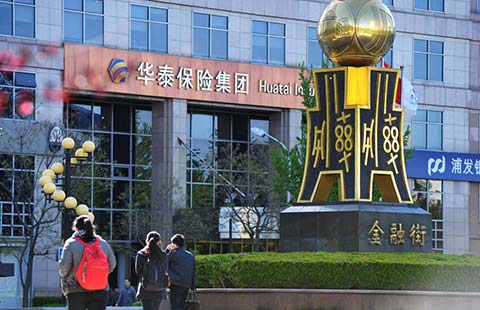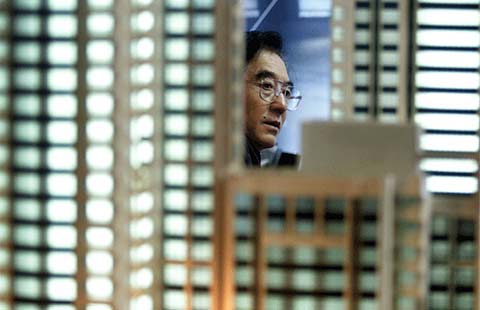CNOOC makes a mark with higher crude output from floating vessels
By Lyu Chang (China Daily) Updated: 2016-01-12 09:55China National Offshore Oil Corp, the country's largest offshore oil explorer, said on Monday that crude production of a floating production, storage and offloading vessel was 22 percent higher than the target set in 2015.
CNOOC said that the FPSO-118, the latest vessel in the company's 15-member fleet, attained production efficiency of 99 percent, a considerable improvement in terms of safety and reliability.
The FPSO-118, located 200 kilometers off the Hong Kong coast, is used to develop and process crude oil from the Enping 24-2 oilfield in the South China Sea, and has an annual crude processing capacity of 2 to 3 million metric tons.
Lyu Ligong, deputy general manager of CNOOC Energy Technology & Services-Oil Production Services Co, said China used to import FPSO vessels as it did not have the requisite domestic ability or technology.
"However, China is now not only building FPSO vessels, but also planning to provide technologies and services to other oil and gas companies through international tenders," he said.
CNOOC said some 80 percent of the vessel, valued at 2.7 billion yuan ($440 million), can be made domestically.
The FPSO, also known as an oil refinery on the sea, is a ship-shaped vessel used by the offshore oil and gas companies to collect the oil or gas produced from nearby platforms or subsea templates, that house both processing equipment or topsides, and storage for produced hydrocarbons, located below in the double hull.
After processing, an FPSO stores oil or gas before offloading periodically to shuttle tankers or transmitting processed petroleum via pipelines.
The unit, which went into production at the end of 2014, reflects the country's industrial level as well as its ability in offshore energy development, CNOOC said.
With a displacement of 35,000 metric tons, the unit is 266.64 meters long and 50.5 meters high, the equivalent of two soccer pitches and a building 17 stories high.
CNOOC Chairman Yang Hua said that after years' efforts into research and development, China has the ability to design, build, assembly and operate the FPSO vessel on its own.
"We will continue to put focus on the technical innovation, increasing our efficiency in exploring offshore oil and gas resources and ensuring domestic energy security," he said.
CNOOC has 15 FPSO vessels including seven in the Bohai Sea and eight in the South China Sea.
lvchang@chinadaily.com.cn
- Kaisa to restructure offshore bonds
- China's tertiary industries lead in tax stakes
- Sina to broadcast Manchester Utd's TV channel in China
- UBS banks on long-term growth in China
- China Orient to revamp ahead of eventual IPO
- Circuit breaker man says watchdog officials on wrong track
- Meilishuo, Mogujie merge to create $3b business
- Yuan depreciation spurs foreign exchange boom

















